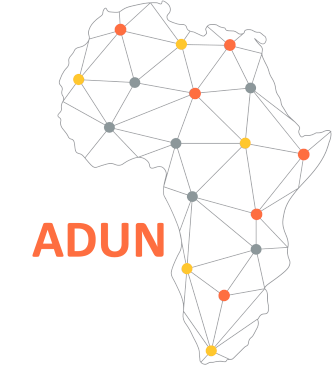Higher Education in Emergencies – An African Response Model
Barbara Moser-Mercer, InZone, University of Geneva
In 2019 globally over 70 million people were forcibly displaced by conflict, war and natural disasters. Over 6.6 million are in Sub-Saharan Africa (29% of the global refugee population) and Kenya hosts almost half a million.
Globally, only about 5% of refugees are estimated to gain access to Higher Education; that figure drops to below 1% in refugee camp contexts. With only 2% of the global humanitarian budget spent on education, almost all of which goes to meet refugee hosting countries legal obligations under the 1951 Convention on the Status of Refugees for the provision of primary and secondary education, Higher Education provision has been left to isolated initiatives by international NGOs and some universities until around 2015 when UNHCR convened its first workshop on Higher Education in Emergencies (HEiE). Interest in the field has since grown. Responses are varied, with the overwhelming majority related to providing scholarships, either in resettlement or in refugee-hosting countries. A number of universities and NGOs offer on-line courses with less restrictive admission requirements. Many, however, have had to confront issues of access in low-resource environments, high drop-out rates and lack of required multi-year funding. Education is considered to enhance protection, provide support to displaced children and youth, and prepare them for resettlement or return to their home countries. But access remains severely limited, unaffordable and in many instances programs are not contextualized or conflict-sensitive.
With a background of over 10 years of providing Higher Education to refugees in some of the world’s largest refugee camps in Kenya and Jordan, the University of Geneva was invited to explore the possibility of setting up a network of African Universities to design and develop digitally delivered curricula for refugees and IDPs on the continent. The project is reaching the end of its design phase.
Among the wicked problems digital learning in emergencies encounters is lack of connectivity and IT infrastructure, poor preparation for tertiary education, instructors’ limited understanding of digital pedagogies that meet the needs of learners in fragility, poor understanding of multilingual communication needs, and lacking quality on-the-ground support structures to retain learners.
The following are key parameters of sustainable solutions for African HEiE:
- a) Quality digital learning-ecosystems
- b) Contextualised digital curricula built around 21st Century and social-emotional learning competencies
- c) Courses of study that hone employability in refugee contexts (digital livelihoods).
We believe that addressing the problem of digital Higher Education offerings for forcibly displaced youth has the potential of meeting similar needs in other low-resource, yet non-fragile environments on the continent, and that solutions designed by African Higher Education institutions will naturally leverage local/national/regional/continental resources that are culturally appropriate and strengthen continental capacities.
References:
Moser-Mercer, B. (2014). MOOCs in fragile contexts. U. Cress and C. D. Kloos (eds), Proceedings of the European MOOC Stakeholder Summit 2014. Lausanne, Switzerland, EMOOCs, pp. 114–121.
UNESCO (2018). A Lifeline to Learning. Leveraging Technology to Support Education for Refugees. https://unesdoc.unesco.org/ark:/48223/pf0000261278
